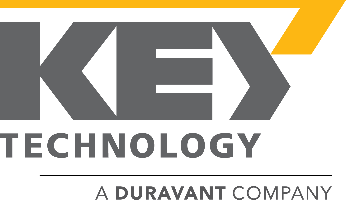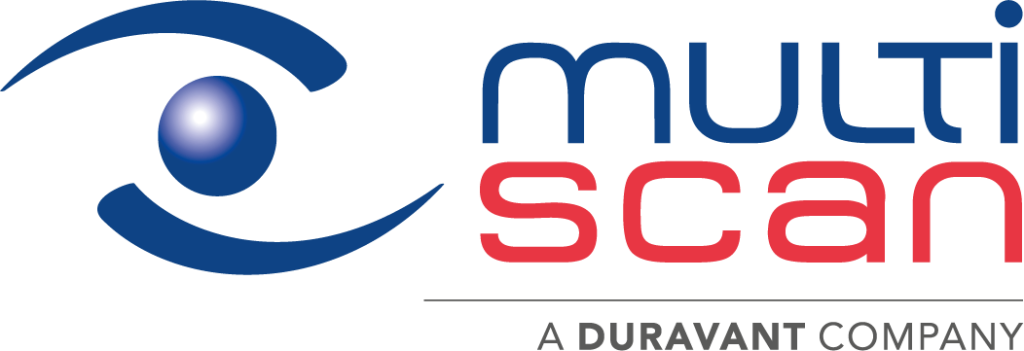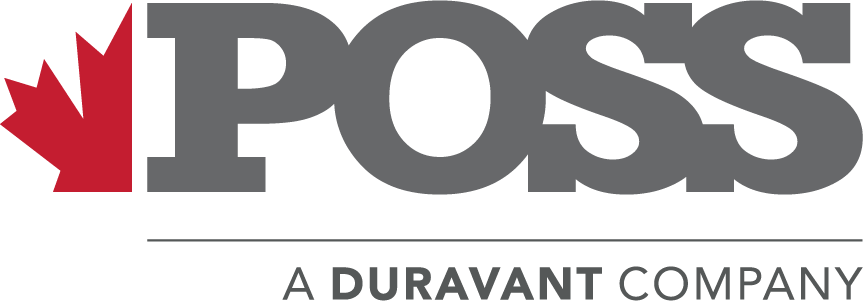The Duravant family of operating companies serve the food processing, packaging and material handling segments.
Navigating Global Trade Certifications for Packaging Equipment Imports and Exports
In the rapidly changing world of international trade, certifying compliance with various standards set for packaging machine components is critical in order to carry on smooth import and export activities. While striving to meet international standards, companies are actually busy reducing inefficiencies in their supply chains. In such scenarios, these companies will also need a comprehensive understanding of the complexities surrounding trade regulations. This blog will attempt to navigate through the global trade certification maze, with an emphasis on packaging equipment, and how such certifications affect both import and export operations.
It is no child's play trying to navigate the certification jungle with different countries imposing varied demands with respect to certification. Whether in the form of safety or environmental protection, packaging equipment has to brace itself for a number of requirements if it is to be granted market access. In this article, we shall describe the most important certifications and approaches, illustrating how companies may optimize their processes in terms of compliance. Equipped with this relevant information, you will not only further the trade process but also facilitate the overall competitiveness of your packaging solution within the international arena.
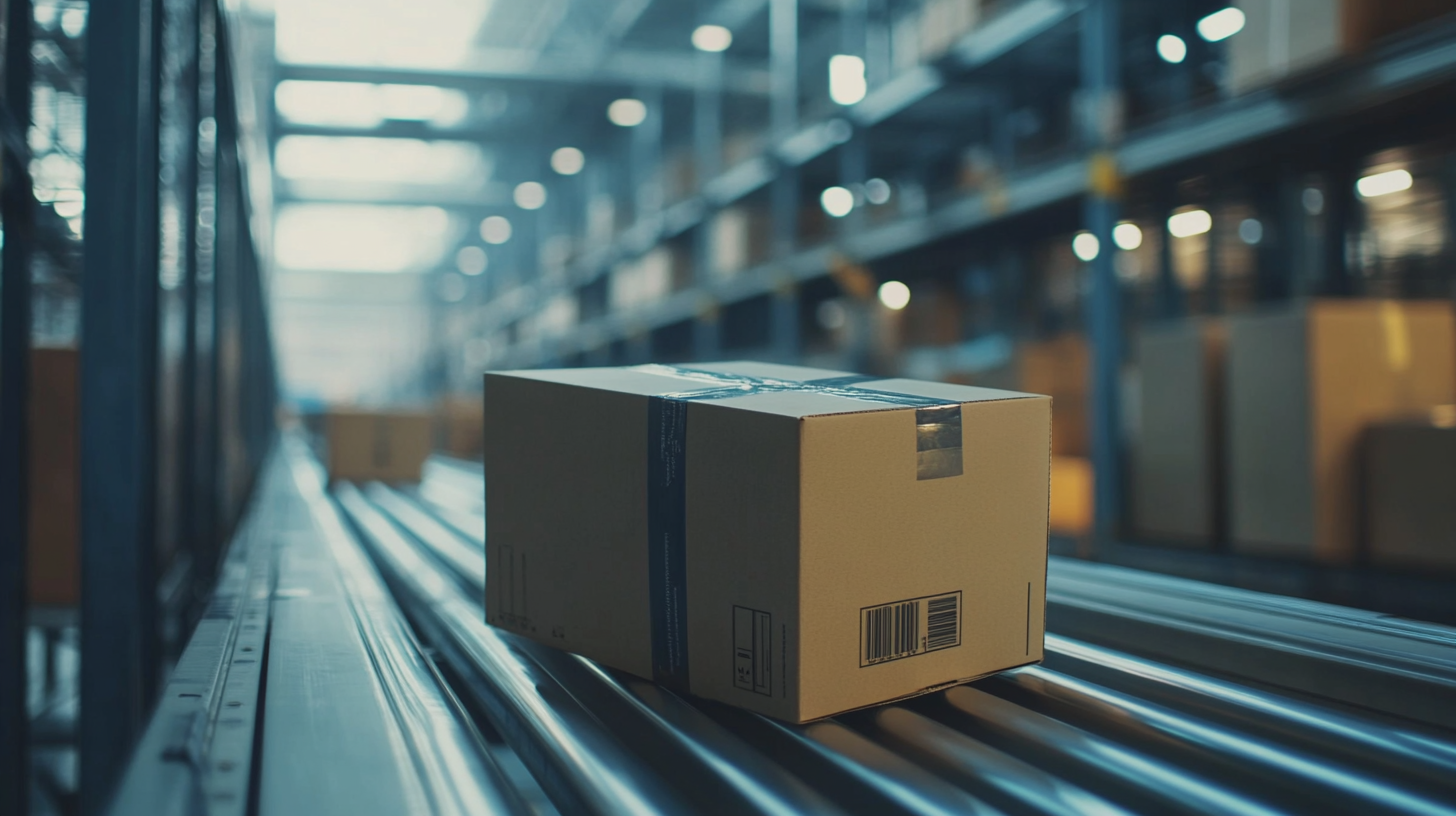
Understanding the Importance of Global Trade Certifications in Packaging Equipment
Global trade means packaging equipment certification is central to compliance with international standards and facilitating imports and exports. Increasing the variety of products exported from Ecuador beyond the conventional bananas makes it even more important to understand the importance of these certifications. The allure of tropical fruits, including mangos, shows that wider access to certification encourages avenues of trade that boost economies. On the flip side, the energetic evolution of global trade itself calls for strong certification in the backdrop of emerging uncertainties. There are countries at different economic levels and experiencing various international challenges, which indicate that unambiguous regulations need to be put in place to help the firms comply with the laws. As has been evident from the recent practices, certain industries are going towards sustainability, such as circular packaging, which is consistent with changing environmental regulations and can emerge as a key factor in redesigning supply chains. Besides, the case of certification of electronic cigarette products in Malaysia goes on to show that certification is important not just for a product to be considered compliant but also for gaining consumer trust. Retailers will need to make sure that their packaging truly is certified, as failure to do so will impact their ability to sell their products in certain countries and could put their very own business in jeopardy. Global trade certifications should not just be seen as bureaucratic hurdles; rather, they are worth considering as important enabling factors that help maintain product quality and give ease of entry into international markets.
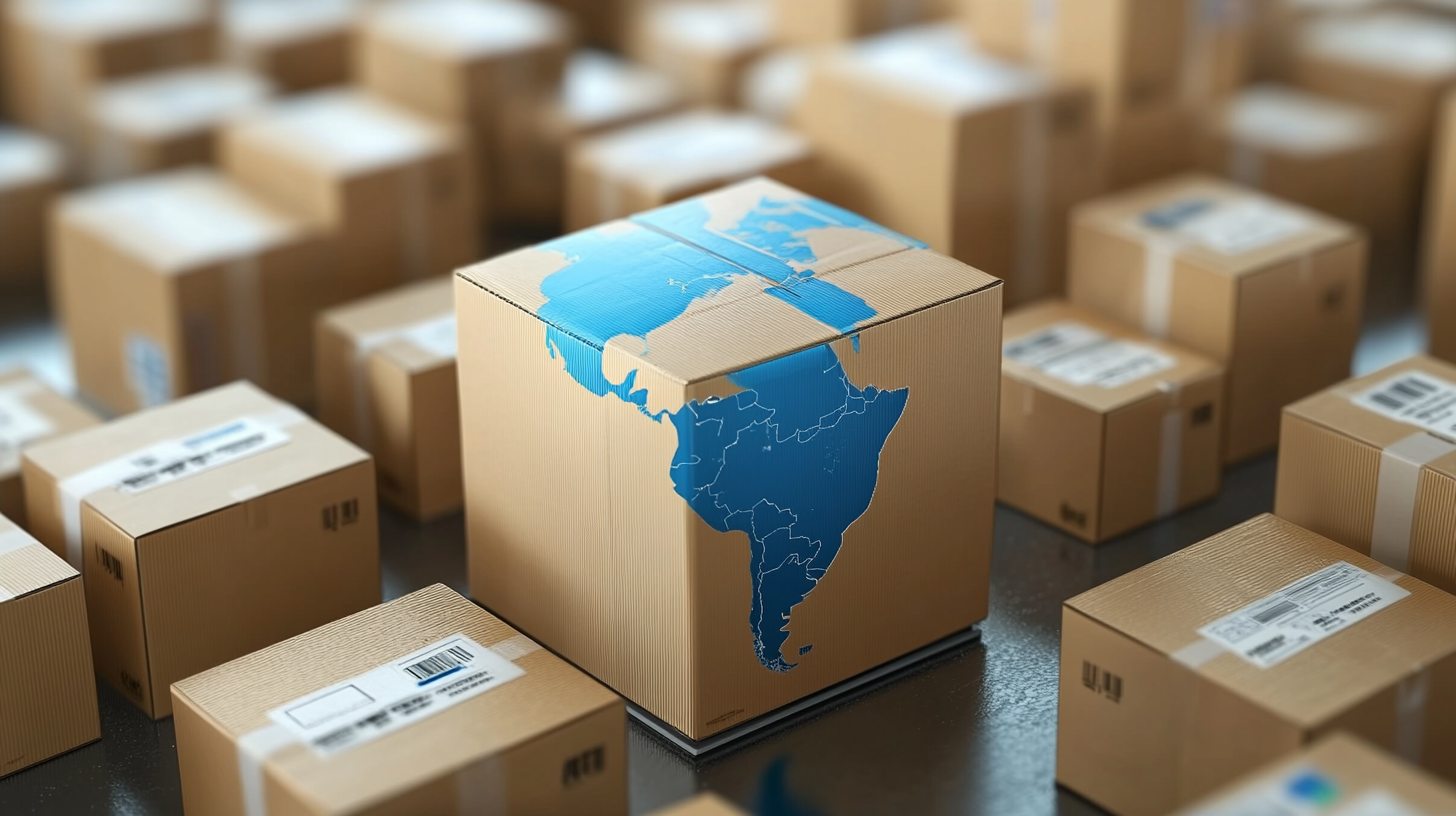
Key Certifications Required for Importing and Exporting Packaging Equipment
The transnational import or export of packaging technologies involves awareness of these national or international certifications necessary for the activity. Certifications vary by country, and these differences can complicate the overall process. Some common requirements include the ISO standards, CE marking, and relevant industry certifications ensuring safety and functionality.
ISO Certification (International Organization for Standardization), especially ISO 9001 for quality management systems, is indicative of a company's compliance with particular internationally recognized quality standards. It provides the customer or supplier with a sense of trust; therefore, it is very important. This CE marking is required in terms of selling products within the European Economic Area since it shows that the equipment complies with EU safety, health, and environmental protection legislation.
Particularly in those sections having to deal with food-grade packaging, such as the United States, an additional requirement is FDA approval for packaging equipment. This can include packaging equipment for food, medicine, and drugs, among others. Companies must do their homework and ensure that the packaging machinery complies with the regulations set down by the FDA in the interests of consumer safety. Such companies must therefore engage well in the active pursuit of the relevant certification so that save time wasted on dealing with importation document requirements for ending smooth flow in cases of global trade.

Navigating Regional Variations in Packaging Equipment Certification Standards
When engaging in international packaging equipment imports and exports, knowledge of the regional variations in certification standards can be a deciding factor. Different areas have specific requirements that manufacturers must fulfill to assure compliance and safety for the consumer. This complexity more often than not overwhelms the businesses, with the realization that there is more than one competitive international standard to consider and that local standards can vary greatly.
An increase in demand for certified quality assurance is evidenced by the growing number of certification logos on product packaging. Companies, therefore, endeavor to communicate their conformity with numerous certification programs because these marks can sway consumer perception and build trust towards the company. The challenge presented by certain certifications in particular sectors, such as medical devices or electronics, once again places compliance not as an obstacle but rather as a singular success factor for marketability.
While trying to ensure a foothold for their products in more and more countries, businesses need to stay aware of changing certification standards. These also entail the observance of regionally focused requirements affecting packaging equipment. Their awareness of these standards will not only allow them to reduce the chances of non-compliance risk but will also place them in a better position on competing markets. Ultimately, navigating these differences may yield a strategic advantage for the company, allowing for servicing diverse consumer needs across borders.
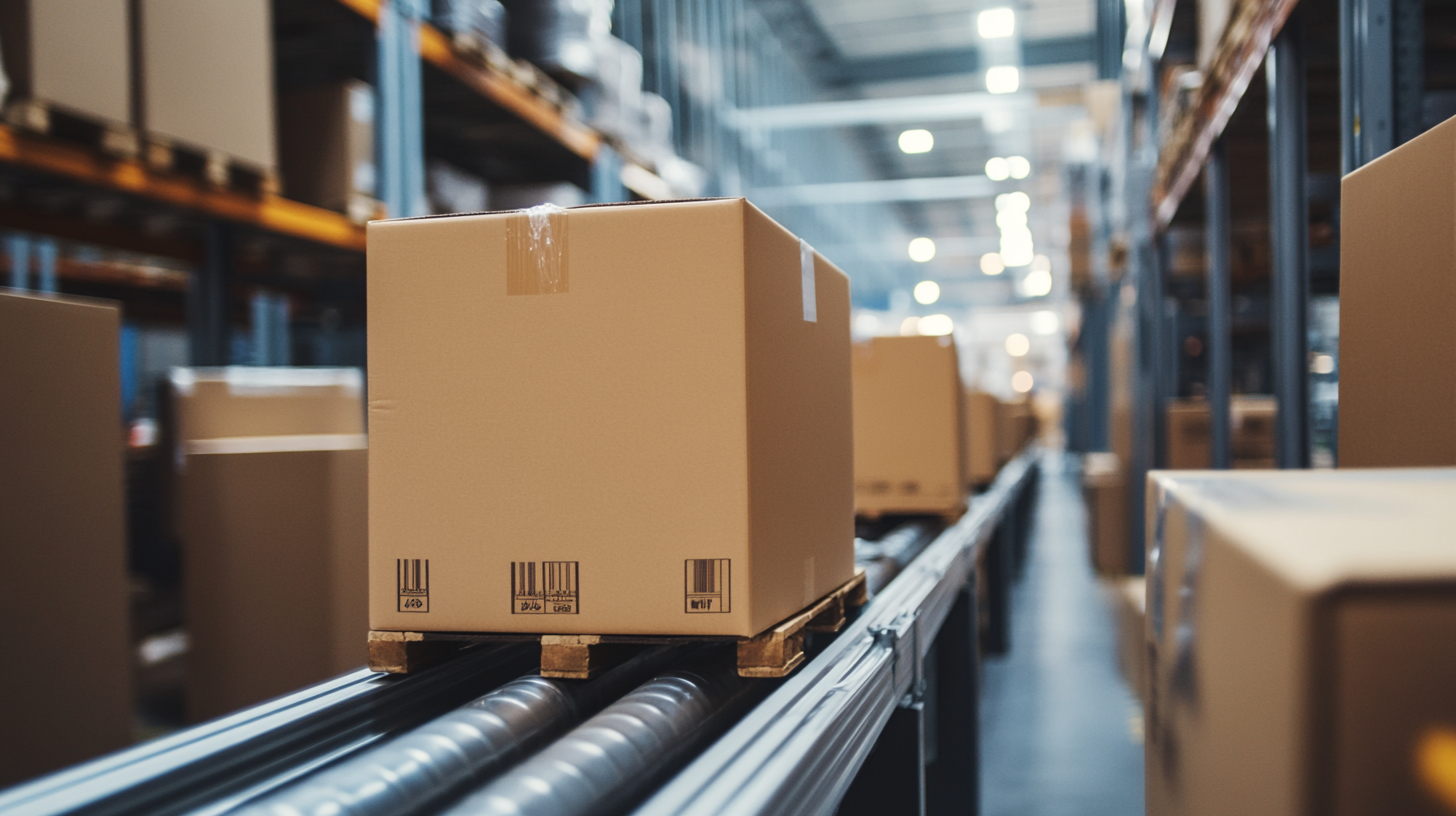
Best Practices for Ensuring Compliance with Global Trade Regulations
In this dynamic international arena of trade where packaging equipment rules become crucial for international trade, compliance is equivalent to international trade success. As reported by the International Trade Administration in a 2022 report, import and export rules are governed by over 10,000 such laws in different areas worldwide, balancing the need of coordinating with these rules. The foreign markets thus have to incorporate best practices that go by or even complement such regulations to keep non-compliance risks lower for firms.
Pre-import assessments would return more value when conducted comprehensively and taken advantage of using resources such as the Global Trade Compliance Database tabled up for monitoring variant rules by country. Given the quarterly updates, a firm should be in a position of tracking and keeping pace with changes affecting packaging equipment. Besides that, it could be necessary to establish contacts with local trade compliance experts to alleviate the burden of regulatory changes on firms by avoiding penalizing shipment delays or huge fines, according to a trend common in the 2023 Global Trade Compliance Report, wherein over a quarter of companies reported incurring penalties due to unrecognized regulatory changes.
Implementing a solid compliance management system is very necessary. The Global Organization for Standardization Study revealed that organizations structured in their compliance frameworks are 40% more likely to pass audits and inspections. Technology in compliance with tracking software could automate procedures while making sure every certification and document are readily available and at hand on a regular basis, thus improving operational efficiency and better relations with customs authorities.
Using the above approaches would help a business beat the complications of demands in global trade regulations, particularly towards meeting the norms for packaging equipment and easing imports and exports.
The Future of Trade Certifications: Trends and Innovations in Packaging Equipment
The entire scene will be changing with respect to trade certifications applicable for packaging machinery with respect to changes brought about by technology and regulations. With expanding global borders connecting businesses more and more in international markets, new ways are found to deal with complexities in compliance and certification. One of the most effective developments in certification practice is the adoption of digital technologies such as blockchain, where evidence of compliance can be recorded transparently and without the possibility of tampering, thus assuring all actors in the trade of packaging equipment of real-time access to certification status. This also hastens doing business at imports and exports, improving trust among stakeholders within a trade domain.
Again, another very visible trend in which trade certifications are now leaning towards is that of sustainability and environmental impact. With the growing global environmental consciousness, many packaging equipment manufacturers are facing strong pressure to comply with increasingly stricter requirements on sustainability. As this aspect of different certify increasingly becomes a characteristic of the defined eco-friendliness, companies adopting and endorsing sustainable packaging solutions have thus adds value not only to compliance with legislation but also to capturing more eco-centrist consumers, eventually leading to innovations in the product itself and how it is presented.
Lastly, trade certifications would be likely moving in the direction of standardization between member countries and eventually towards greater harmonization in international trade. Such harmonization speeds up the pace at which two trading countries complete transactions with little burden of navigating different certification systems. As such international leaders converge on the standards to be adopted by the industry, companies in the packaging sector can expect better efficiencies at a lower cost leading them towards big investments in the global marketplace.


